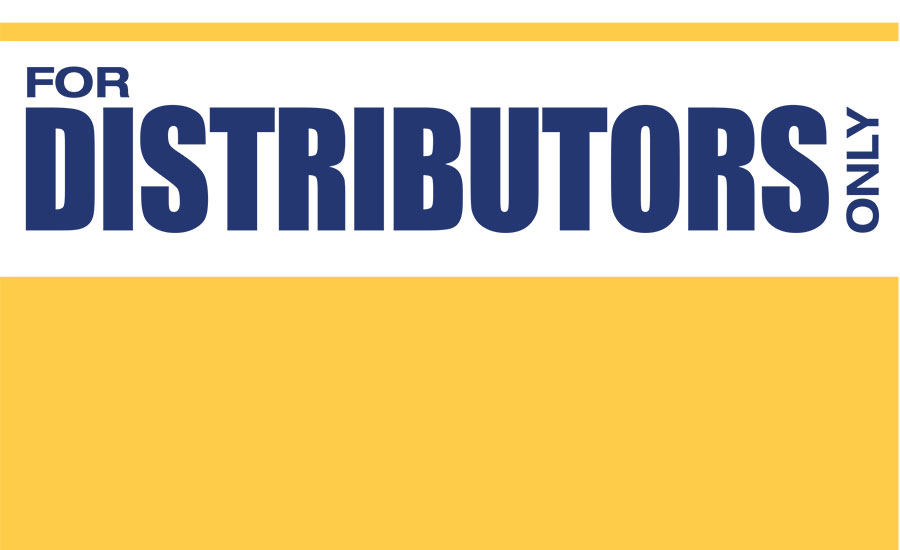Private labels have carved a place for themselves as low-cost alternatives to established brands in the global personal protective equipment (PPE) market, according to market researcher Frost & Sullivan. As developed markets mature, the commoditization of products requiring limited technical expertise to manufacture also works in favor of private labels. With PPE distribution attaining higher sophistication and specialization, private labels will continue to evolve and accommodate vital customer needs.
New analysis from Frost & Sullivan, “Outlook for Private Labels and Their Impact on Global PPE Markets” (https://www.frost.com/nf3a), finds that manufacturing and construction will remain the fastest-growing end-user industries for private labels. Growth opportunities are strong for the eye and face protection, protective footwear and head protection PPE segments.
“Improved technical support and better awareness on the performance-price ratio of products have bolstered the market for private labels,” says Frost & Sullivan Chemicals, Materials and Food Research Analyst Shray Sharma. “In most instances, private labels position and market products to target end-user industries with high price sensitivity and a relatively low emphasis on product quality.”
In fact, most private labels have not yet been able to compete with national brands in PPE segments which require a mid to high degree of technical expertise. Although some safety specialist distributors are increasingly taking up the challenge, limited financial strength hampers their ability to keep pace in terms of technology innovation, product lines and value-added services.
Customer confidence in national brands is also increasing as manufacturers consistently strive to maintain broad product portfolios, ensure quality and provide liability assurance. Nevertheless, growing manufacturing capabilities in Asian economies will steadily decrease the quality gap between national brands and private labels.
“As customers continue to see value in private labels with respect to competitive pricing and rapid technical support, PPE manufacturers expect to adopt new strategies to support their national brands,” anticipates Sharma. “Besides investing in research and development, manufacturers will look to strengthen customer engagement in order to gain in-depth consumer insights and cater to specific needs across industries and price points in the global PPE market.”
